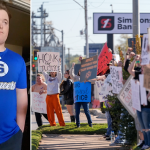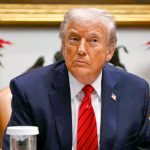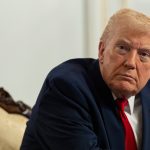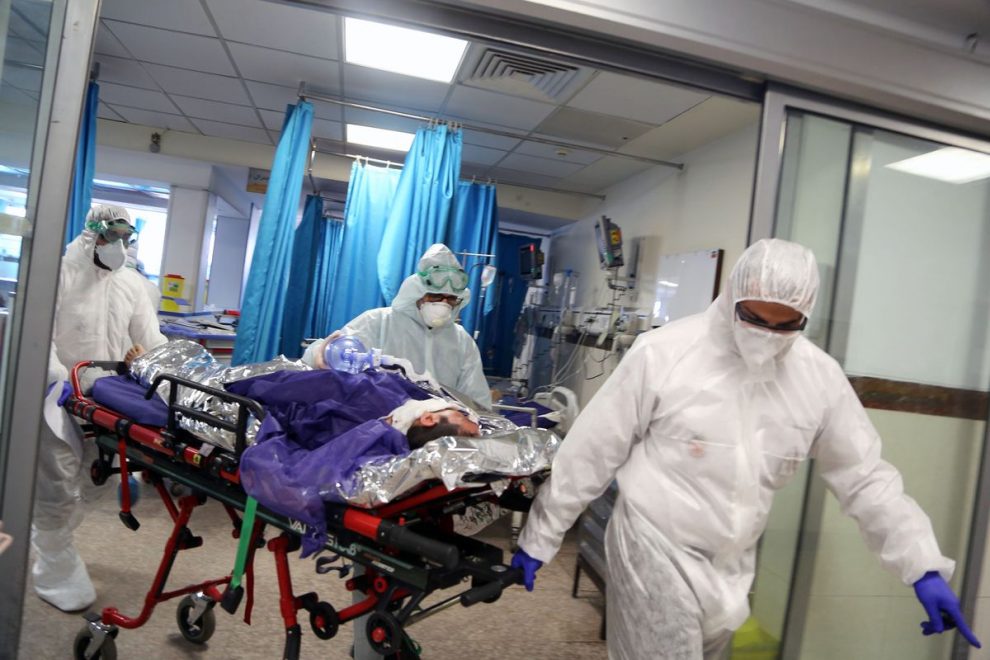Despite vows to drastically expand coronavirus testing, federal and state public health authorities have tested only 4,987 people for the coronavirus as of Tuesday morning, according to the Centers for Disease Control and Prevention and numbers provided by all 50 states.
That count includes people tested by the federal government and by state laboratories. Because those laboratories may not always report people who tested negative for the coronavirus, the true number of people tested is probably somewhat higher.
That number stands in stark contrast to the promises made by leading members of the Trump administration’s coronavirus task force, who have variously asserted that 75,000 people would be tested by last week’s end and that laboratories across the United States would have the capacity to conduct 1.5 million tests by the beginning of this week.
Neither claim appears to yet be close to realized, angering some Washington lawmakers. “We are in a crisis, and there are questions about our preparedness and ongoing response efforts,” Rep. Rosa DeLauro, D-Conn., said on Tuesday morning. “I’m very concerned — and, I think, we all are — about our nation’s capabilities for coronavirus. Other countries have been testing thousands of people for weeks, but the U.S. is woefully behind the curve.”
Gavin Newsom Says Charlie Kirk Helped Him Better ‘Understand’ Christianity
China’s missile surge puts every US base in the Pacific at risk — and the window to respond is closing
In-N-Out Retires the Number 67 from Its Ordering System Over Viral ‘6-7’ Trend
Victim’s family breaks silence as Oklahoma teen in violent sex assault case avoids prison time: report
Trump addresses trio of attacks in Syria, Brown University, and Australia at White House Christmas event
Trump encourages Jewish Americans to ‘celebrate proudly’ during Hanukkah after deadly Bondi Beach shooting
Ohio Doctor Indicted for Allegedly Drugging Pregnant Girlfriend with Abortion Pills
Oversight says DC police chief ‘undermined’ accuracy of crime data
Polling Finds Pete Buttigieg Less Popular with Black Voters Than Former KKK Leader
Los Angeles Electric School Bus Bursts Into Flames, Driver Hospitalized
Trump’s election win filled Hamas with ‘fear,’ hostage held like ‘slave’ for 505 days recounts
Leaked lessons from first-year University of Illinois education course show extreme left bias: ‘Just so wrong’
Gruesome Charges: She Was a Miss Switzerland Finalist Then Her Husband Used an Industrial Blender to ‘Puree’ Her – That Was After He Cut Out Her Womb
Person of interest in custody following deadly shooting at Brown University
Platner courts progressives as Maine Senate race with Mills and Collins tightens
The nation’s ability to test for the coronavirus was hampered early on because a test created by the Centers for Disease Control and Prevention was found to have a contaminated reagent, meaning that one of its three markers — the one that would indicate a person was not infected — was not operational.
The CDC eventually corrected that error but also had to grapple with the fact that by keeping the coronavirus tests within its own purview, it was severely limiting the numbers who could be tested. It has since allowed private and university laboratories to conduct testing, while also vowing to stock public health labs with sufficient quantities of the coronavirus test.
Still, the lag is evident, robbing epidemiologists of precious days as they seek to contain the spread of the disease.
Private laboratories are expected to intensify their own testing efforts, but as of Monday morning, Mark S. Birenbaum, who heads the National Independent Laboratory Association, said he was uncertain of how many of his members had begun to test for the coronavirus.
“Many have not,” he wrote in a text message.
CDC spokesman Richard Quartarone said that as of Monday evening, the Atlanta-based public health agency had tested 1,707 people. On March 3, that number had been 1,200 people, which means the CDC has tested 507 people in the last week, or about 72 per day.
Gavin Newsom Says Charlie Kirk Helped Him Better ‘Understand’ Christianity
China’s missile surge puts every US base in the Pacific at risk — and the window to respond is closing
In-N-Out Retires the Number 67 from Its Ordering System Over Viral ‘6-7’ Trend
Victim’s family breaks silence as Oklahoma teen in violent sex assault case avoids prison time: report
Trump addresses trio of attacks in Syria, Brown University, and Australia at White House Christmas event
Trump encourages Jewish Americans to ‘celebrate proudly’ during Hanukkah after deadly Bondi Beach shooting
Ohio Doctor Indicted for Allegedly Drugging Pregnant Girlfriend with Abortion Pills
Oversight says DC police chief ‘undermined’ accuracy of crime data
Polling Finds Pete Buttigieg Less Popular with Black Voters Than Former KKK Leader
Los Angeles Electric School Bus Bursts Into Flames, Driver Hospitalized
Trump’s election win filled Hamas with ‘fear,’ hostage held like ‘slave’ for 505 days recounts
Leaked lessons from first-year University of Illinois education course show extreme left bias: ‘Just so wrong’
Gruesome Charges: She Was a Miss Switzerland Finalist Then Her Husband Used an Industrial Blender to ‘Puree’ Her – That Was After He Cut Out Her Womb
Person of interest in custody following deadly shooting at Brown University
Platner courts progressives as Maine Senate race with Mills and Collins tightens
State laboratories had tested 3,280 people as of Monday evening. That number is derived from the COVID Tracking Project, started by Denver-based venture capitalist Jeff Hammerbacher and journalists from the Atlantic. The data compiled by Hammerbacher slightly understate the number of people tested, since some states report only positive test results.
South Korea, by contrast, has performed well over 100,000 tests. An analysis by Business Insider found that the U.S. lags badly behind other nations in the share of its population that has been tested (the analysis, however, appears to exclude people who were tested by state labs).
At the same time, public laboratories cannot be relied upon to carry the brunt of the testing burden. On the whole, Michelle Forman, a spokesperson for the Association of Public Health Laboratories, estimates that public laboratories will be able to test only 10,000 patients per day, and that is when all 100 facilities are running at full capacity.
Story cited here.
























